Miso soup: Which one suits you?
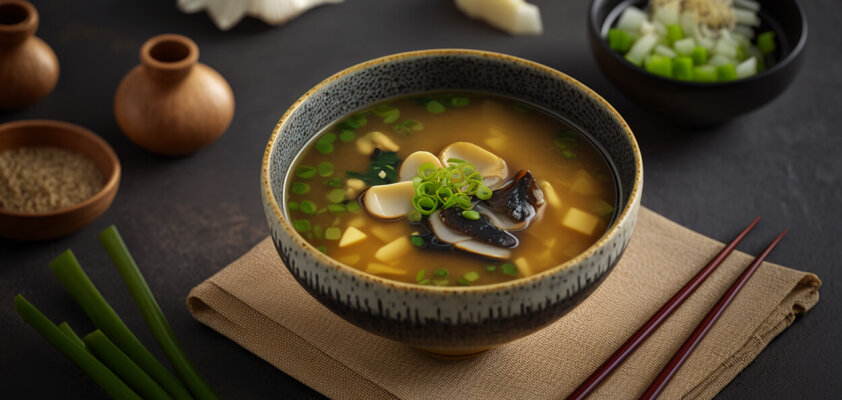
A warming dream of miso, broth, tofu, and seaweed. All you need to create the unmistakable Japanese soup that pairs well with (almost) any dish. But if you think there's only one type of miso soup, you're mistaken.

Recipes in this blog post:
A secret of Japanese health
As an appetizer to sushi, we are familiar with miso soup, Japanese 味噌汁 Miso-Shiru, from restaurants. Japanese people slurp it with almost every meal. It's no wonder when you consider how healthy it is: Wakame seaweed provides valuable vitamins, minerals, iodine, and fatty acids, while tofu gives it a protein boost, and various vegetables can enhance the enjoyment. Light and digestible, it is a boon for digestion, fat burning, and skin health.
Due to the uncomplicated ingredients and quick recipes, this specialty is also quick to cook. However, for those who lack the time, there are various variants of instant miso soups that can be prepared at home with minimal effort.
Miso soup is an excellent nutritious snack for in-between or as an appetizer for various dishes. In Japan, it is, of course, part of the menu along with tempura, sushi, or curry rice – and even on the breakfast table. It has become a staple in the daily diet and the heart of every Japanese person. Miso soup is trending, and not just as a side dish: Entire restaurants and bars have dedicated themselves to a rich variety of miso creations and even matching beverages.
You can't go wrong with miso
The key ingredient in the soup, Miso, is made from fermented soybeans and Japanese rice, sometimes it's also made with barley or other grains instead. Essentially, you can find miso made from any type of grain today. "Fermented" might sound suspicious at first, but much like yogurt or sauerkraut, lactic acid bacteria are at work here, contributing a lot to our metabolism. In the process, it provides easily digestible protein, numerous fibers, and a distinctive, robust umami flavor. So, Miso is not only the namesake but also the flavor carrier of this dish. If you enjoy the characteristic, savory taste, you'll love the soup – but the flavor can also be adjusted by using smaller amounts of miso or adding robust ingredients.
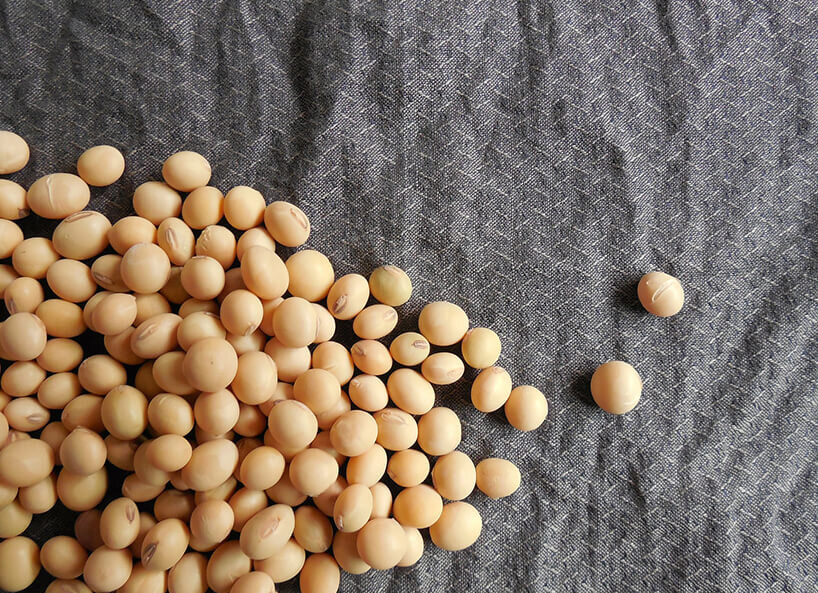
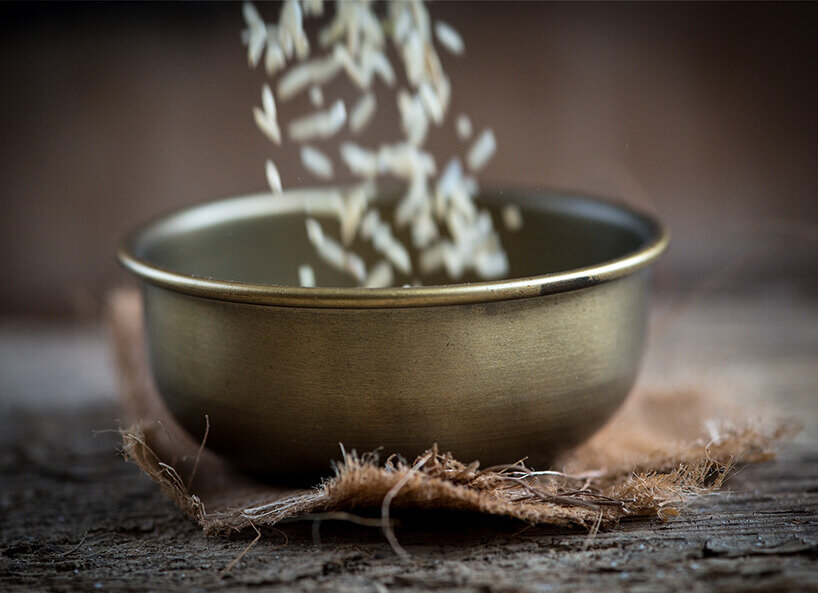
The aromatic paste actually originates from China and was consumed in Japan like a lollipop before making its way into soups and other dishes later on. The ground version is relatively modern, while in the past, whole soybeans were added – similar to the infamous Natto. Today, there are various types: The simplest is the white Shiro Miso. Aka Miso, on the other hand, is red and coarsely ground, and the blend of both is called Awase Miso. There are also black, spicy, and sweet varieties. Miso soup is mainly seasoned with the first, lighter variant. However, the spicier the recipe, the better a darker type complements the flavor.
As a base for the soup, the ubiquitous Dashi fish broth is often used, or broth based on vegetables. The specialty is usually complemented with Wakame, finely diced tofu, and spring onions.
Recipes for samurai
Already popular as provisions for warriors during the Kamakura period (1185 – 1333), instant miso soup was initially made from a taro root. It was cooked with miso, dried, and cut into boiling water as needed. This original recipe was called Imogara-nawa.
However, miso soup was initially reserved for the imperial court and samurai until simple farmers in the subsequent Muromachi period (1336 – 1573) learned to cook their own recipes. It is also certain that the namesake paste has been a part of Japan since the 7th century. Miso soup is understood, among other things, as a precursor to various specialties: A variety of the popular ramen is based on it, as well as fondue-like nabemono or various fish soups.
Later, miso soup branched into the humble working-class version and the high-quality merchant type. Thus, it found its way into all aspects of life in its country of origin – and then into the whole world.
Naturally, every region and miso cook in Japan has their own recipe for this classic:
- Jagaimo Miso-Shiru: Potatoes are added to the broth along with tofu
- Kabocha Miso-Shiru: Hokkaido pumpkin complements the miso soup in this autumnal variant
- Hourensou Miso-Shiru: Spinach replaces wakame seaweed in this version
- Aburaage Miso-Shiru: The tofu is fried beforehand, intensifying the flavor
- Other possible ingredients include enoki mushrooms, sweet potatoes, corn, mochi rice cakes, carrots, eggplants, white daikon radish, clams, seafood, and much more.
Recipe: Cooking miso soup is creative
Instead of tasting the same recipes from sushi restaurants, why not try your own version of Miso-Shiru.
 2 personsNo. of persons
2 personsNo. of persons
 ca. 45 minutesTotal Time
ca. 45 minutesTotal Time
 easyLevel of difficulty
easyLevel of difficulty
 main mealDish
main mealDish
 ca. 250kcal per portionCalories
ca. 250kcal per portionCalories
 Vegan
Vegan
 Vegetarian
Vegetarian
 Gluten-free
Gluten-free
 Lactose-free
Lactose-free
 Kitchenware
Kitchenware
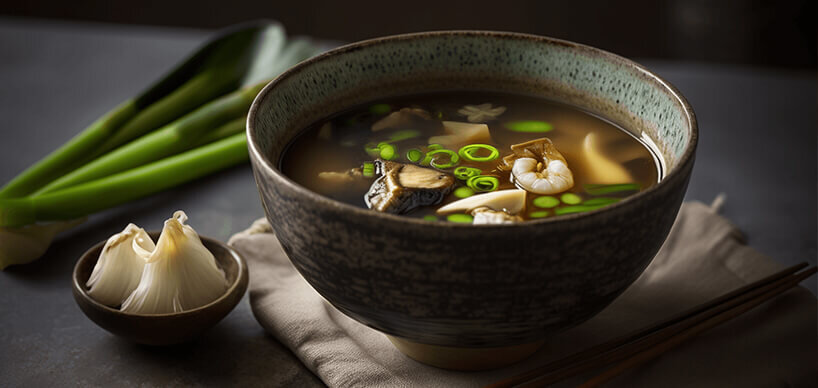
|
600ml
Dashi or vegetable broth (you can also prepare the broth yourself with bonito flakes or kombu seaweed: With about 2 tsp to 600ml water)
|
|
120g
white (Shiro) miso paste
|
|
10g
dried wakame seaweed
|
|
2
Spring onions
|
|
As desired: Mushrooms or enoki mushrooms and various other desired ingredients such as prawns
|
|
Some roasted sesame seeds to garnish
|

Delicious ritual for every day
Transfer your miso soup into small bowls. For an authentic experience, start by eating the ingredients with chopsticks before sipping the delicious broth. Slurping is allowed!
For the classic recipe, you can also add ingredients of your choice: meat, shrimp, onions, Napa cabbage, potatoes, and much more. Depending on the season, you can create a hearty winter stew or a refreshing summer version with this popular recipe.
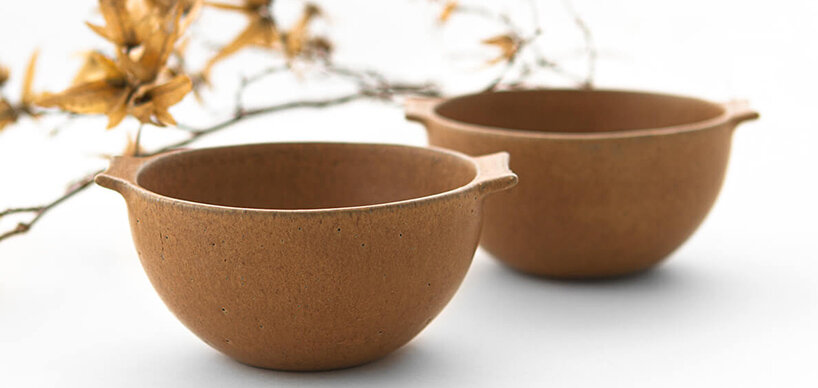
Japanese soup bowls: Soup bowl, rice bowl Koten chairo
Miso soup is a perfect accompaniment to sushi, sashimi, rice, or any other Asian dish, or as a light delicacy on cold winter evenings. Why not try a Japanese-style menu: a bowl of miso soup, a bowl of rice, a small portion of meat or fish, and vegetables such as spinach with sesame dressing or pickled plums.
Or turn it into a light breakfast and start the day with healthy energy, as is customary in Japan. Nourishing, balanced, and soothing, Japanese cuisine offers ideas for every taste.

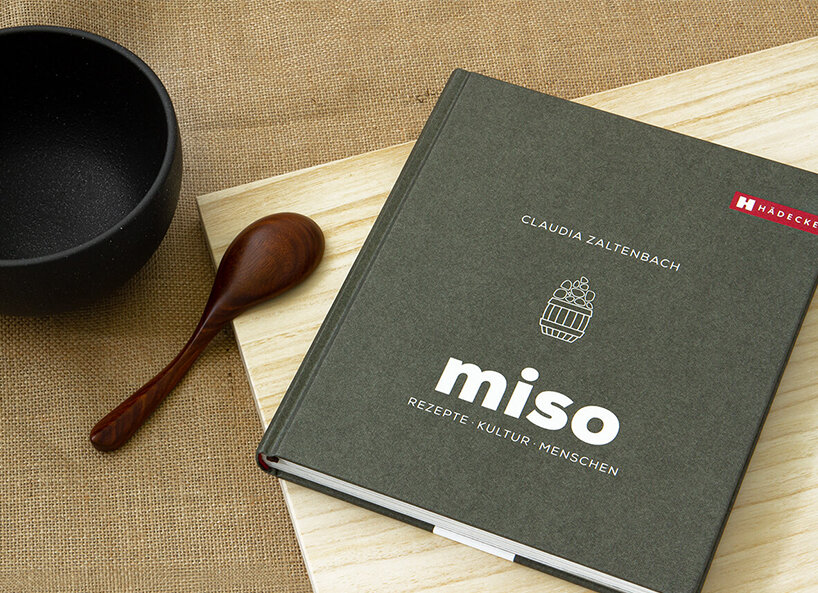

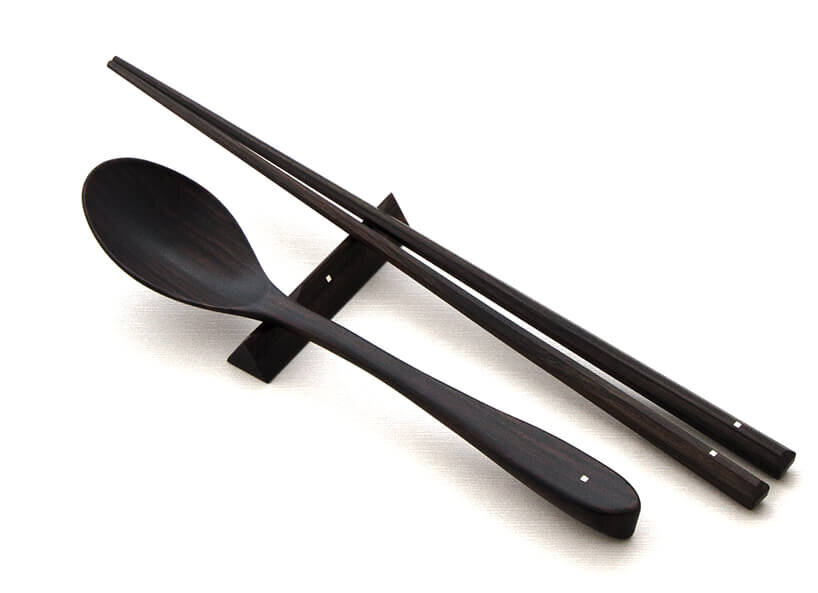

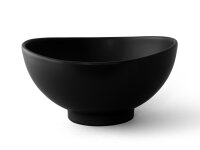
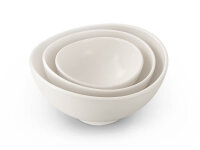

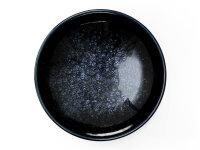











-from-the-yakiyaki-grill-pan.jpg)




